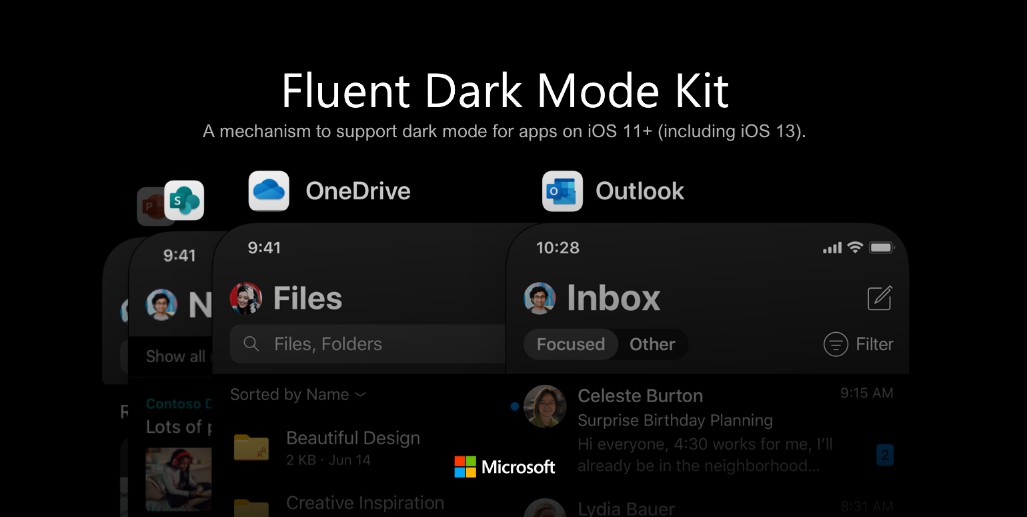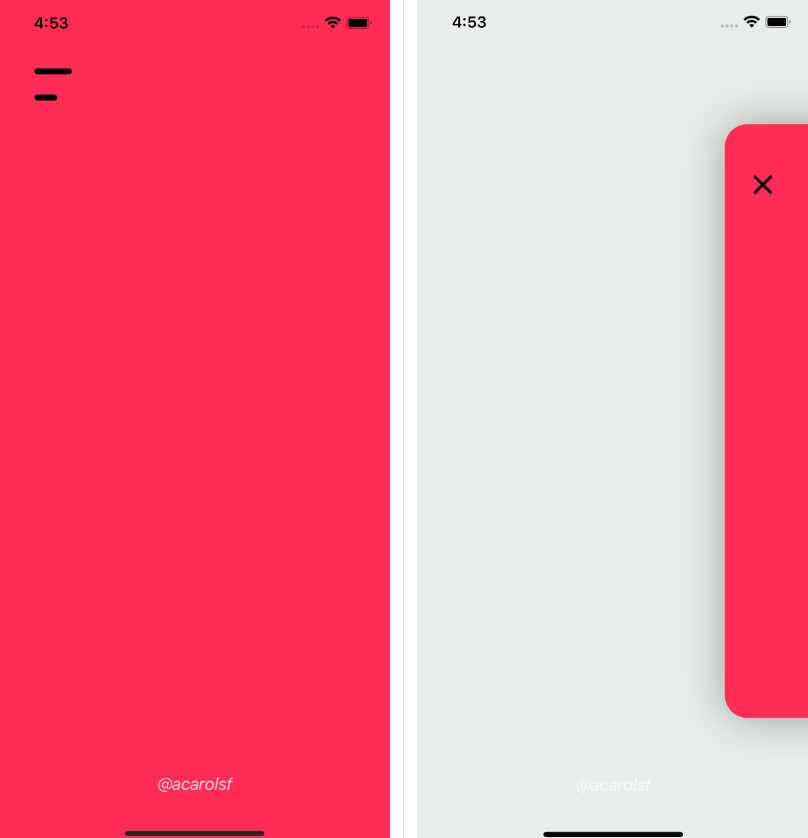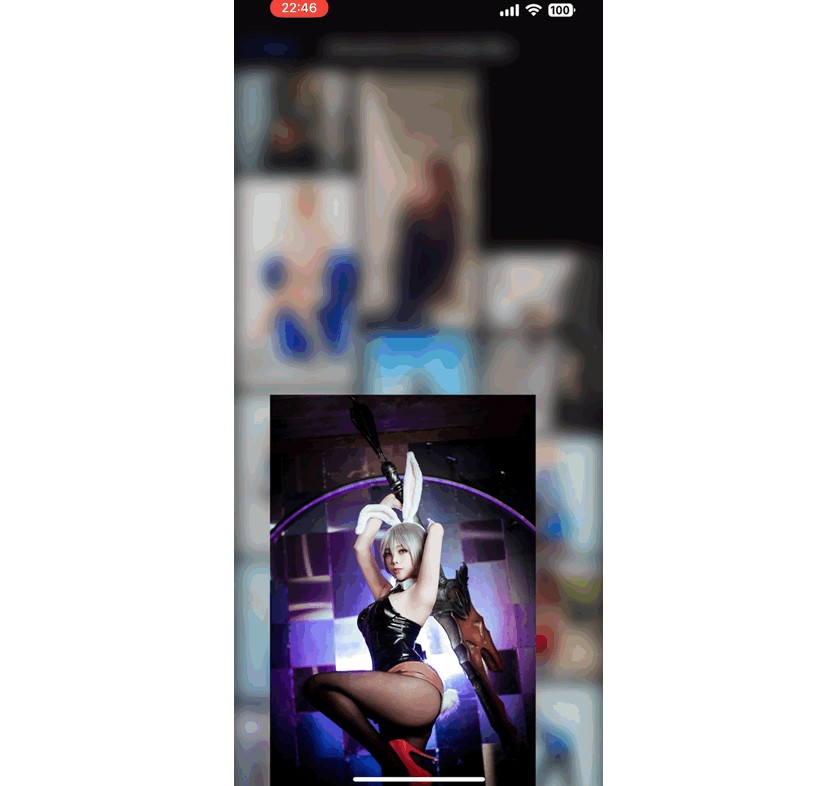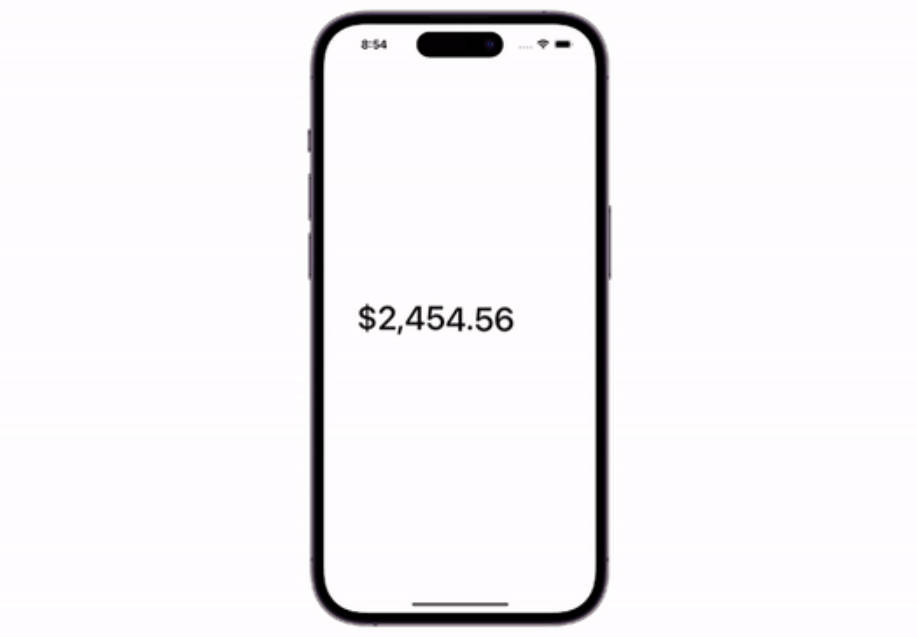FluentDarkModeKit
FluentDarkModeKit was designed and developed before Apple‘s official dark mode release. It provides a mechanism to support dark mode for apps on iOS 11+ (including iOS 13).
Features
- [x] Dark Mode support for iOS 11+
- [x] Dynamic theme change within the app without restart
- [x] Simple API design with minimal changes to your existing code
Installation
Requirements
- iOS 11.0+
- Xcode 11.0+
- Swift 5.0+
- Git LFS
You can use Homebrew to install Git LFS:
brew install git-lfs
Carthage
To integrate FluentDarkModeKit into your Xcode project using Carthage, specify it in your Cartfile:
github "microsoft/FluentDarkModeKit"
Swift Package Manager
Click "Files -> Swift Package Manager -> Add Package Dependency..." in Xcode's menu and search "https://github.com/microsoft/FluentDarkModeKit"
Since Xcode uses its own tools to handle swifft packages, git-lfs might not be picked up if it is installed via Homebrew. Run the following command to create a symbolic link if Xcode fails to fetch the package:
ln -s /usr/local/bin/git-lfs $(xcode-select -p)/usr/bin/git-lfs
CocoaPods
To integrate FluentDarkModeKit into your Xcode project using CocoaPods, specify it in your Podfile:
pod "FluentDarkModeKit"
Get Started
How to Set Up FluentDarkModeKit
To set up FluentDarkModeKit, you need to call the following methods first.
let configuration = DMEnvironmentConfiguration()
configuration.themeChangeHandler = {
print("theme changed")
}
configuration.windowThemeChangeHandler = { window in
print("\(window) theme changed")
}
configuration.useImageAsset = false
DarkModeManager.setup(with: configuration)
DarkModeManager.register(with: UIApplication.shared)
There are 3 configurable properties in FluentDarkModeKit as you can see in the code sample above.
themeChangeHandler
This is a callback for app wide theme change. Defaults to nil.
It is invoked when a new theme is set via setOverrideTraitCollection(_:) or system wide theme changes (DMTraitCollection.overrideTraitCollection.userInterfaceStyle is set to .unspecific).
windowThemeChangeHandler
This is a callback for window theme change. iOS 13+. Defaults to nil.
It is invoked per window when the window's traitCollection.userInterfaceStyle changes.
UIWindow's traitCollection.userInterfaceStyle can change for multiple reasons:
- System wide theme changes (
DMTraitCollection.overrideTraitCollection.userInterfaceStyleand UIWindow'soverrideUserInterfaceStyleare both.unspecific). setOverrideTraitCollection(_:)is called (UIWindow'soverrideUserInterfaceStyleis.unspecific).- UIWindow's
overrideUserInterfaceStyleis manually modified to a different value than current mode. - UIKit modifies your UIWindow's
traitCollection(An example would be when an app enters background, UIKit will prepare snapshots with dark mode on/off by modifying it).
useImageAsset
It determines whether UIImageAsset is used for dynamic image. iOS 13+. Defaults to false.
Images marked with "Preserve Vector Data" must not to be used when it is set to true.
How to Use FluentDarkModeKit
To use FluentDarkModeKit, provide a pair of colors or images instead of a single value. Simply replace existing colors/images with a pair of light and dark colors/images.
Colors
extension UIColor {
init(_ namespace: DMNamespace, light: UIColor, dark: UIColor)
init(_ namespace: DMNamespace, dynamicProvider: @escaping (DMTraitCollection) -> UIColor)
}
let color1 = UIColor(.dm, light: .white, dark: .black)
let color2 = UIColor(.dm) { traitCollection in
return traitCollection.userInterfaceStyle == .dark ? UIColor.black : UIColor.white
}
Images
extension UIImage {
init(_ namespace: DMNamespace, light: UIImage, dark: UIImage)
}
let lightImage = UIImage(named: "Light")!
let darkImage = UIImage(named: "Dark")!
let image = UIImage(.dm, light: lightImage, dark: darkImage)
Change Theme
DMTraitCollection.setOverride(DMTraitCollection(userInterfaceStyle: .light), animated: true) // Change to light theme with animation
DMTraitCollection.setOverride(DMTraitCollection(userInterfaceStyle: .unspecified), animated: true) // Change to "follow system" theme
Others
For more complex scenarios, FluentDarkModeKit is similar to what Apple does in iOS 13 (some slight differences). It maintains a global DMTraitCollection which can be accessed through DMTraitCollection.current during custom layout.
For more information on cases you should handle during layout, please refer to Apple's documentation.
FluentDarkModeKit will notify views or view controllers in the current window when the theme changes by calling the following delegate method.
protocol DMTraitEnvironment: NSObjectProtocol {
func dmTraitCollectionDidChange(_ previousTraitCollection: DMTraitCollection?)
}




